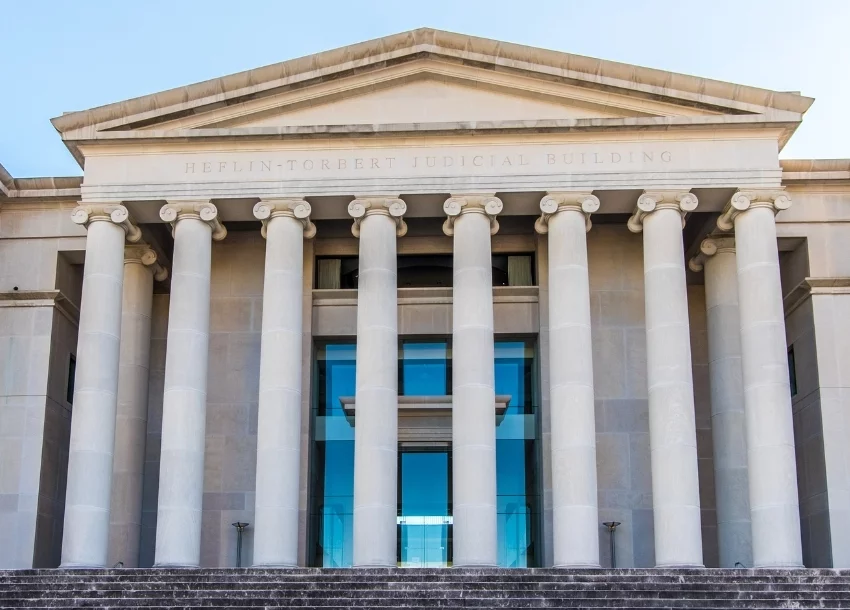Incentivizing Development – The New Historic Preservation Credit
Alabama recently created a new tax credit for the historic preservation of certain commercial and residential property. In May of this year, the Alabama Legislature passed and Governor Bentley signed H.B. 140 (the “Act”), which created a state income tax credit of up to 25 percent of the qualified expenditures for owners who rehabilitate certain historic commercial and residential properties. The credit can be applied to Alabama income tax and Alabama financial institution excise tax. Over thirty states previously passed similar legislation. The goal of the Act is to incentivize rehabilitation, preservation and development of historic properties and put Alabama on a level playing field with states with similar incentives. The Alabama credit is similar, but not identical, to the federal rehabilitation credit of 20 percent of qualified expenditures for the rehabilitation of historic structures that are to be used for income producing properties. A project, therefore, can qualify for both the Alabama credit and the federal credit thereby leveraging an owner’s investment.
The credit is based upon a percentage of the qualified rehabilitation expenditures for the project. The definition of “qualified rehabilitation expenditures” conforms with the definition under the federal rehabilitation credit statute and includes most capitalized expenses for rehabilitation or repair. Certain expenditures are excluded from the definition of qualified rehabilitation expenditures including costs for the property’s acquisition, financing fees, certain fixtures (such as signage) and the value of the owner’s personal labor. The percentage used to calculate the credit depends upon the type of property preserved. Certified historic structures (both commercial and residential) are eligible for a 25 percent tax credit while qualified non-historic structures (income-producing properties built prior to 1936) are eligible for a 10 percent tax credit. There is a per project cap on the credits of $5 Million per commercial historic structure and $50,000 per qualifying residential property. In addition, there is an annual cap on the aggregate program credit allocations of $20 Million with any unused credit allocations carrying forward to successive years. A taxpayer can claim the entire credit in the year the project is placed in service and can carry forward any unused credit for up to ten years.
To qualify for the credit, commercial or residential property owners must propose and complete a rehabilitation project that meets the Act’s numerous requirements. One of the requirements is a “substantial rehabilitation” test. To meet this requirement the project expenditures must exceed the greater of (1) 50 percent of the owner’s original purchase price for the qualified structure and (2) $25,000. The qualification process is begun by first submitting an application to the Alabama Historical Commission (“AHC”). Starting October 1, 2013, applications are accepted and considered by the AHC in the order received and will retain their priority status for two years following the date of submission. There is an application fee of the lesser of 1 percent of the qualified rehabilitation expenses and $10,000. Applicants are notified in writing by the AHC regarding the determination of the project’s eligibility along with the project’s priority order.
The AHC will award an allocation of credits by issuing a Tax Credit Allocation Reservation to the applicant. In order to maintain a credit allocation, property owners must commence the rehabilitation of the project within eighteen months from the date of receipt of the Tax Credit Allocation Reservation. A project is deemed to have commenced if at least 20 percent of the estimated project costs have been incurred by the end of the eighteen-month period. Following the completion of the project, the property owner must certify that the completed project adheres to the standards of the rehabilitation plan set forth in the application approved by the AHC. In addition, the project owner must obtain an appraisal of the structure by a licensed real estate appraiser and must then submit a certification by a certified public accountant of the costs and expenses incurred for the rehabilitation. If the qualified expenditures exceed $200,000, the cost and expense certification must also be audited by a certified public accountant. Following its receipt of the required documentation, the AHC will review and verify the project’s compliance with the approved rehabilitation plan and, if in compliance, will issue a Tax Credit Certificate to the property owner setting forth the amount of credits for which the project qualified.
Advocates of the state historic tax credit worked on the legislation’s passage for over a decade. Now that the tax credit legislation has passed, their hope is that the new tax credit program will not only incentivize the rehabilitation of historic buildings but also create jobs, revitalize communities and increase state tax revenues. On the other hand, some argue there are still improvements that can be made to the Act. Currently, the Act provides that the tax credit program will sunset after three years. In addition, the tax credit is not transferable and has a lower annual cap than the cap proposed in the original bill. Still, the passage of the Alabama state historic tax credit is a start and something that can hopefully be improved upon through future legislative efforts as the benefits from the program are realized.
Please feel free to contact Hardwick Walthall at 205-254-1208 or hwalthall@maynardnexsen.com if you have any questions about the Act or tax incentives.
About Maynard Nexsen
Maynard Nexsen is a full-service law firm of nearly 600 attorneys in 31 locations from coast to coast across the United States. Maynard Nexsen was formed in 2023 when two successful, client-centered firms combined to create a powerful national team. Maynard Nexsen’s list of clients spans a wide range of industry sectors and includes both public and private companies.







